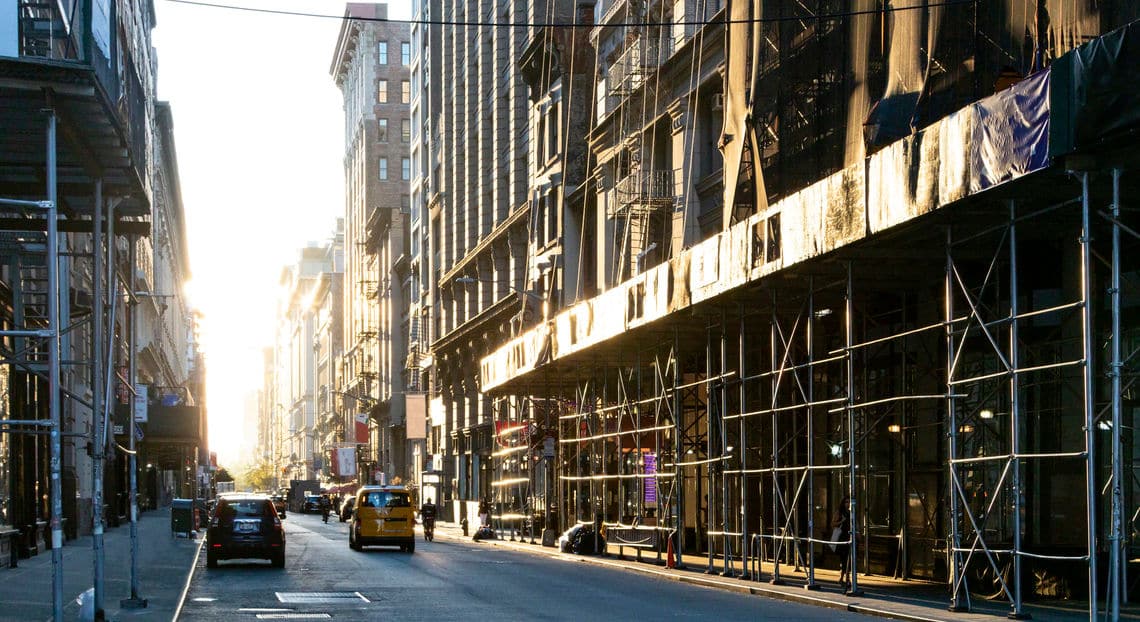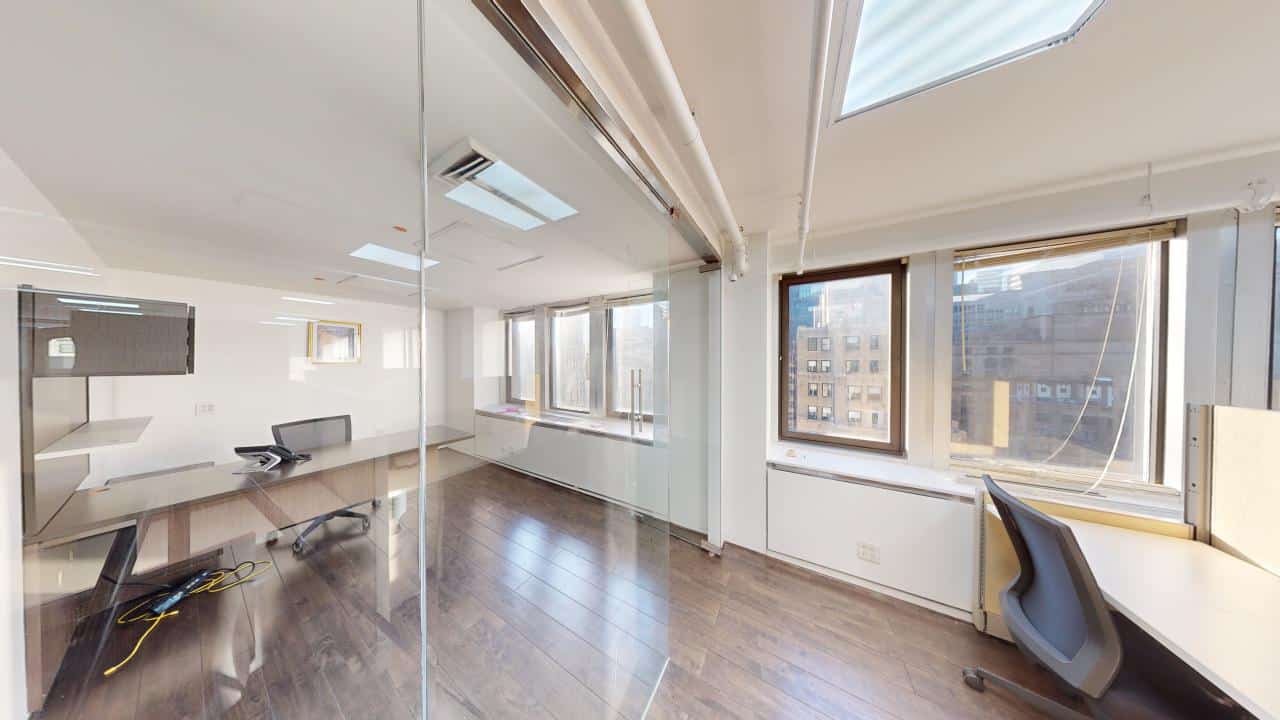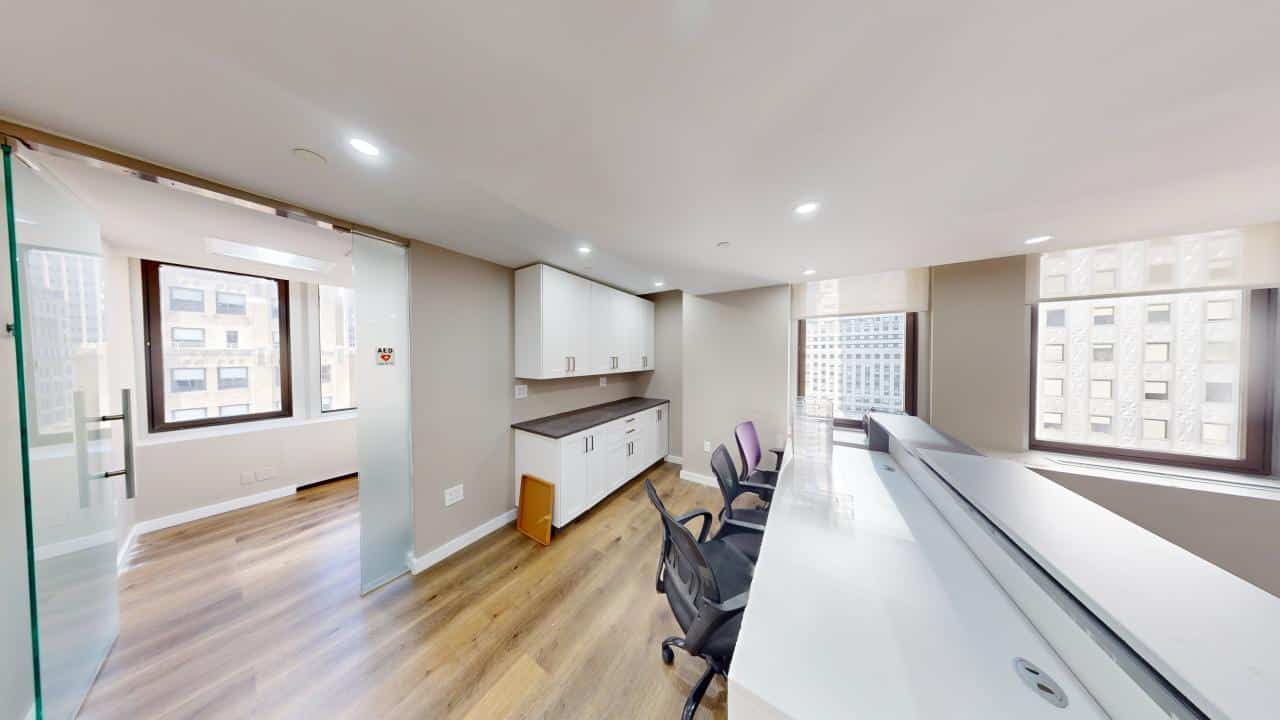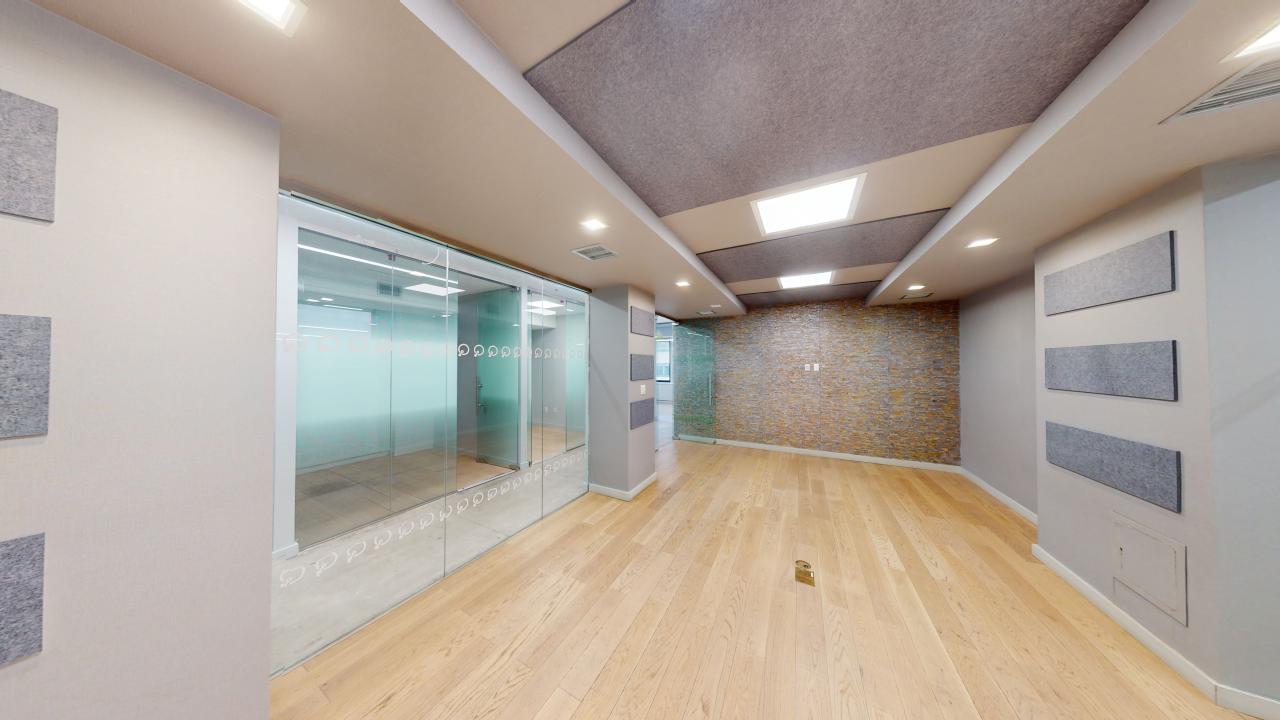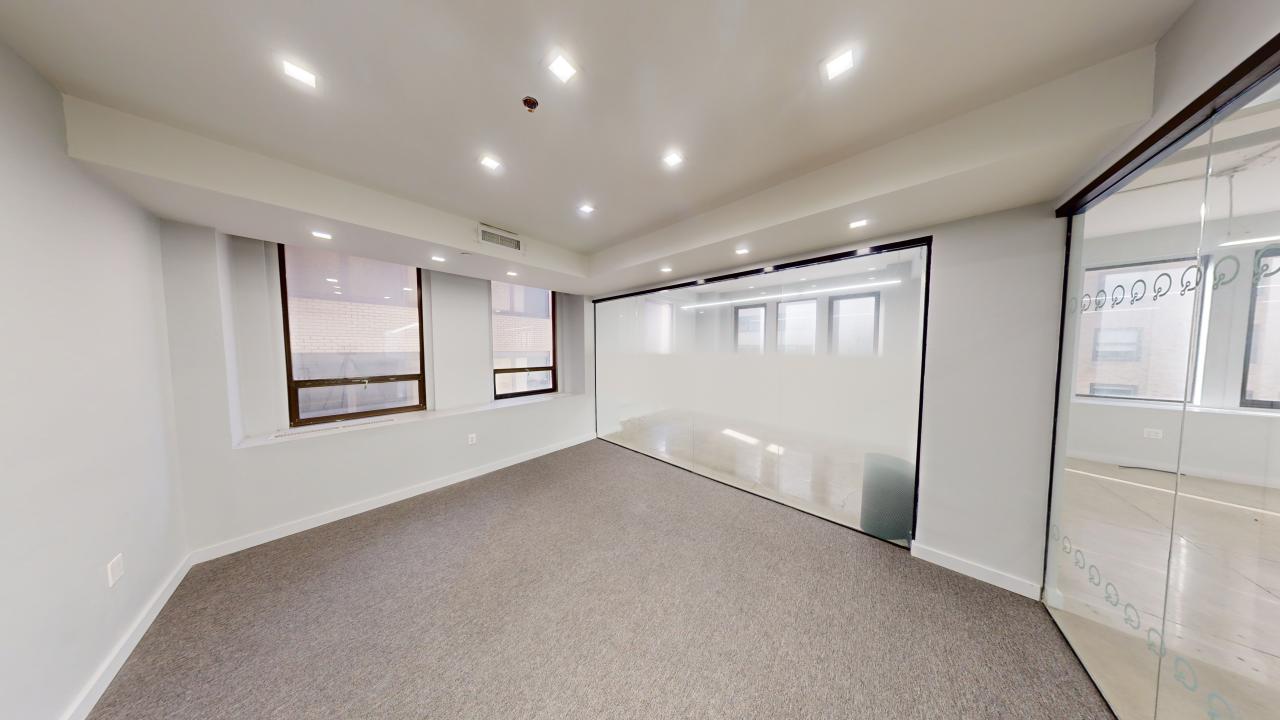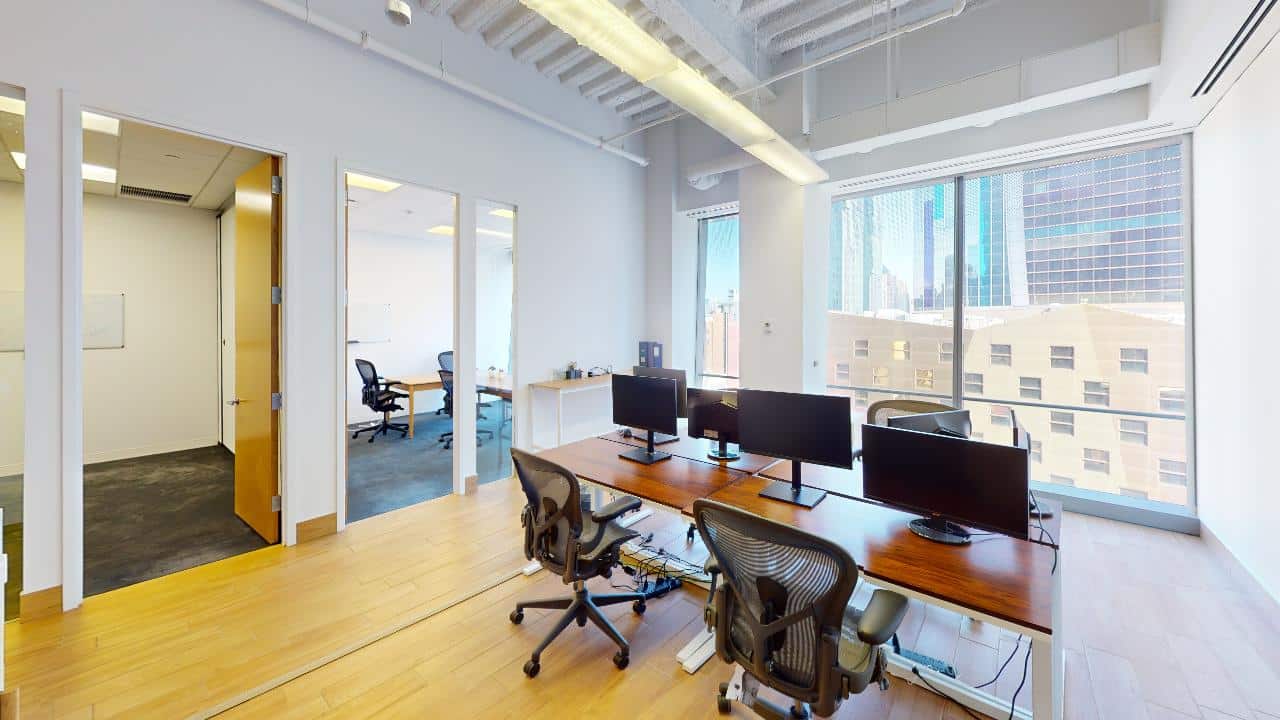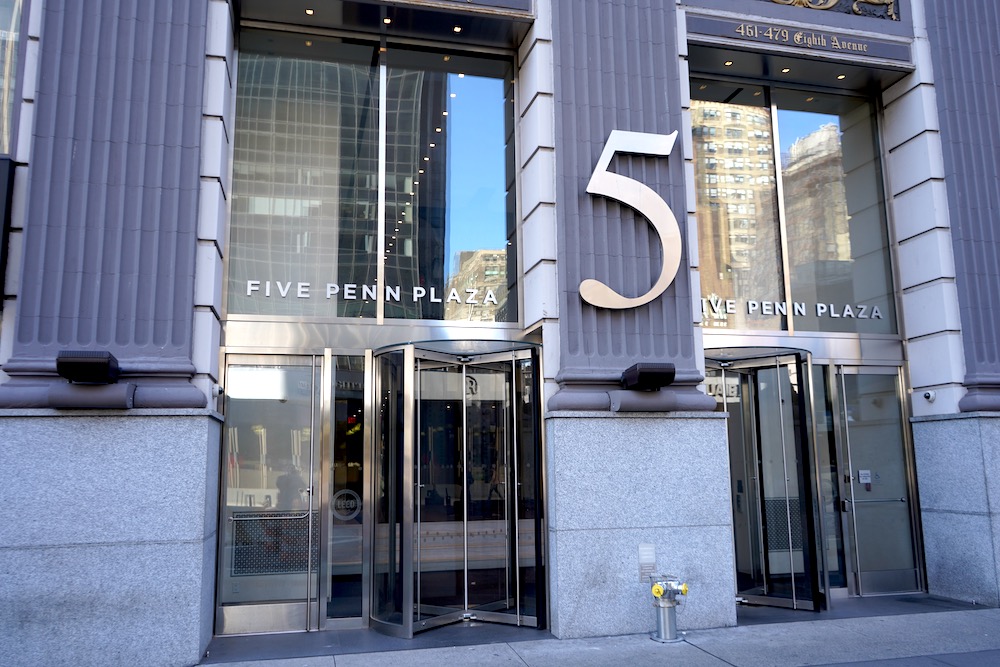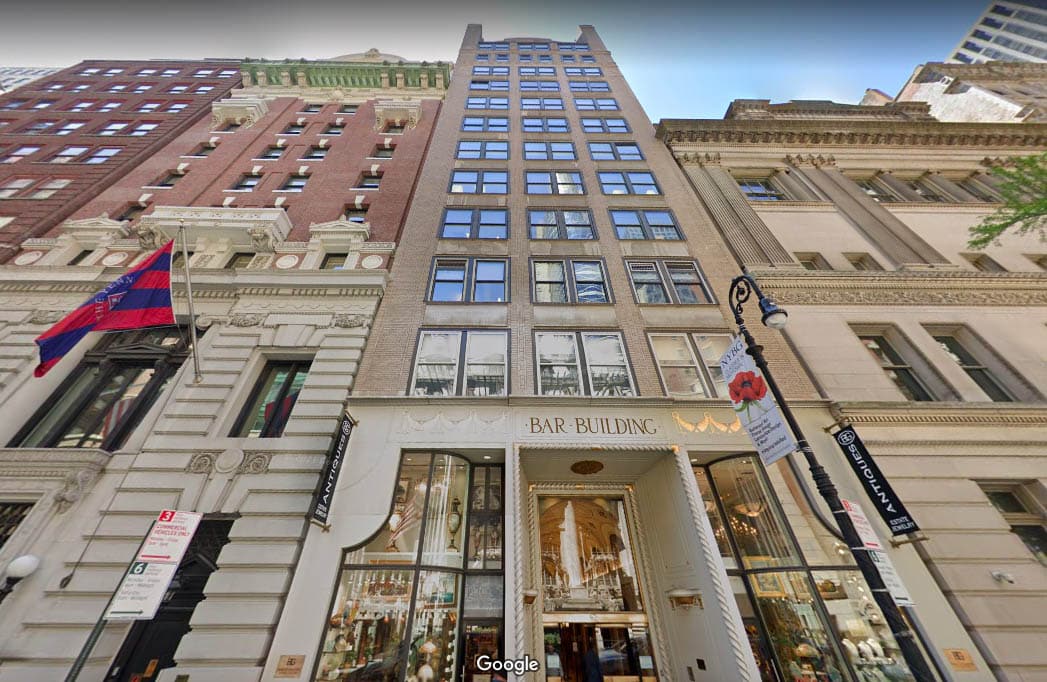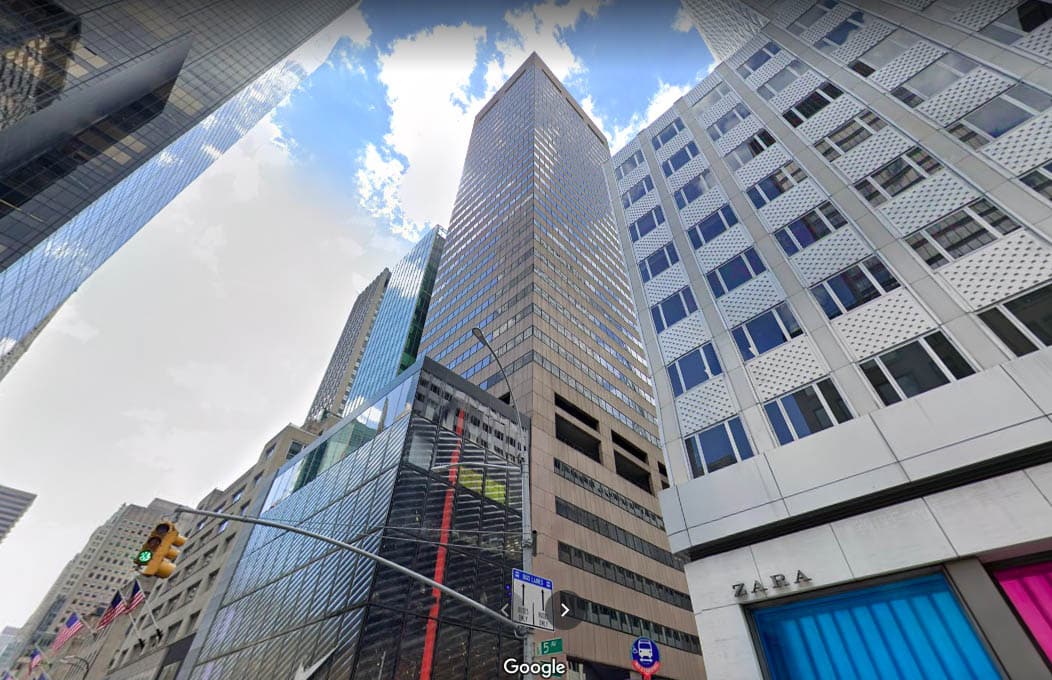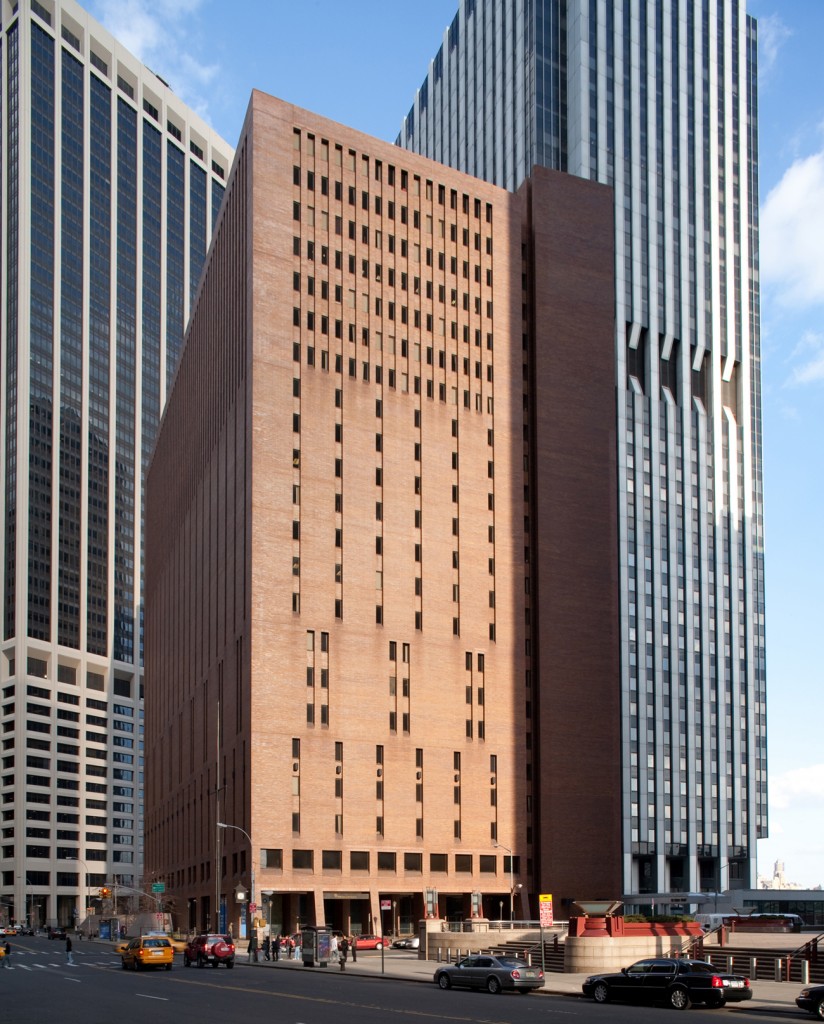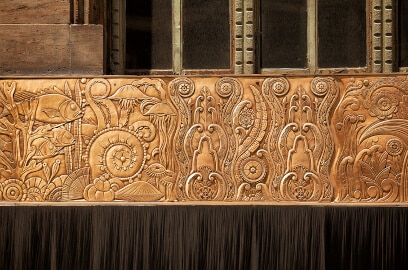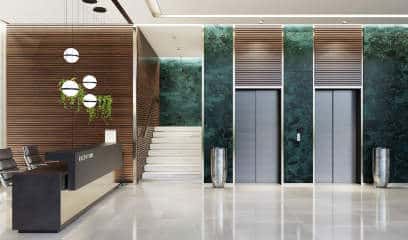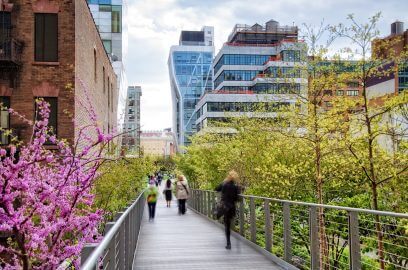Imagine walking down a New York City street, and suddenly, there’s a roadblock in your path – a notorious, bulky eyesore known as scaffolding. It’s everywhere, wrapping around buildings in a metal embrace, cutting off sunlight, and hiding the city’s architectural beauty. As highlighted in discussions around town and echoed in major publications like the Wall Street Journal, this isn’t just about inconvenience. For those searching for commercial real estate, scaffolding can be a make-or-break factor. It’s not just the shadow it casts or the views it steals; the surprise of its appearance or disappearance can disrupt plans and perceptions. One day, you have an office bathed in sunlight with a skyline view; the next, it’s lurking in the dim, obscured by an unwelcome lattice of steel and wood. This uncertainty challenges tenants and brokers alike to weigh their spaces’ potential against the temporary yet impactful presence of scaffolding.
Scaffolding’s Impact on Commercial Real Estate
Scaffolding across New York City serves a dual role. On the one hand, it safeguards pedestrians and workers. On the other hand, it challenges commercial entities with its imposing structure. Even though it’s essential for public safety and compliance with local laws, it nevertheless casts a shadow on a business’s aesthetic and functional aspects.
Overlooked Considerations for Commercial Tenants
In the rush to secure a lease, commercial tenants might fail to fully account for the potential impact of scaffolding on their chosen space. The installation or removal of scaffolding during lease negotiations or subsequent landlord work can surprise tenants, affecting their initial impression and long-term satisfaction with the property. This oversight can lead to disruptions in business operations, unforeseen aesthetic challenges, and, in some cases, disputes over the peaceful enjoyment of the leased premises.
Effect on Views, Light, and Security
Scaffolding disrupts the rhythm of city life for both retail fronts and high-rise office spaces. Retailers, hidden behind a maze of metal, must find creative ways to signal their presence to potential customers deterred by the visual mess. Above, office workers lose their cherished sunlight to shadows, affecting morale and productivity in spaces that once thrived on natural light.
Both scenarios demand adaptability. Retailers might light up their entrances with additional signage or engage with customers through social media to guide them past the construction. Office managers might rearrange spaces to maximize the remaining natural light or introduce elements that brighten the mood, like plants or colorful art. While disruptive, this shared challenge inspires new strategies for engagement and design, proving the city’s commercial spirit is as indomitable as ever.
Confronting the Scaffolding Challenge
Scaffolding is a familiar sight and nuisance in New York City, especially when it unexpectedly appears, or delays in repairs or façade inspections stick around longer than anticipated. It doesn’t matter whether it’s a retail tenant confronting a direct hit to visibility and foot traffic or an office tenant having reduced natural light and compromised views. These challenges necessitate a collaborative approach among brokers, landlords, and tenants.
The Role of Brokers and Landlords
A key consideration? Clear communication among brokers, landlords, and tenants becomes essential when scaffolding enters the scene at commercial properties. This direct talk smooths out adjustments and preempts disruptions. With everyone clued in on upcoming maintenance or scaffolding plans, surprises decrease, and businesses can run smoothly. This approach not only tackles immediate concerns but also weaves a fabric of cooperation, blunting the impact of how much scaffolding could actually obstruct your business continuity.
Lease Negotiations and Scaffolding Clauses
To lessen the effects of scaffolding, tenants can employ several strategies via lease negotiations and scaffolding clauses:
- Scaffolding Clauses in Lease Agreements: Including specific clauses that address the erection of scaffolding, its duration, and the responsibilities of both landlord and tenant can provide clarity and protection. These clauses may outline advance notice requirements, conditions for scaffolding erection, and rent adjustment provisions.
- Rent Adjustments: Agreements might allow for rent reductions or credits if scaffolding significantly impacts business operations, specifying the terms and conditions for such adjustments.
- Timelines for Removal: Setting clear timelines for scaffolding removal ensures that it does not remain longer than necessary, reducing its impact on business activities.
- Alternative Accommodations: For severe disruptions, leases could stipulate that landlords must offer alternative accommodations or allow tenants to terminate the lease without penalty if scaffolding persists beyond a reasonable period.
Looking Ahead – Mitigating Scaffolding’s Impact
In New York City, where scaffolding sometimes feels like it’s as much a part of the skyline as the buildings themselves, efforts are underway to lessen its footprint on commercial properties and their tenants.
Legislative Efforts and Policy Changes
The “Get Sheds Down” plan is at the heart of this initiative, spearheaded by Mayor Eric Adams and the Department of Buildings. This ambitious strategy seeks to speed up façade repairs and clear sidewalks of ubiquitous scaffolding, often called “sidewalk sheds,” to enhance safety and the city’s aesthetic appeal. With an eye on the roughly 16,000 buildings required by Local Law 11 to undergo periodic façade inspections, this initiative is a bold step forward. Plus, beyond only encouraging quicker façade work, it also proposes stiff financial penalties for dawdlers. For example, landlords might face up to $6,000 monthly fines if their scaffolding overstays its welcome. The entire purpose is to motivate action and guarantee scaffolding serves its purpose without becoming a permanent fixture.
Embracing Innovation in Scaffolding Design
On the front of innovation, there’s a wave of new designs and materials aiming to make scaffolding less of an eyesore and more of a temporary, tolerable presence. Companies like SHED are reimagining scaffolding to be not only more visually appealing but also quicker to assemble and less intrusive. Meanwhile, safety netting is becoming a smarter choice for keeping both workers and pedestrians safe, offering protection without the bulkiness of traditional setups. There’s even talk of using reclaimed materials and corrosion-resistant options to blend function, form, and sustainability.
Key Takeaways
Sifting through New York City’s concrete jungle for the perfect retail or office space means dealing with more than just location. Scaffolding, a common sight, demands attention before signing any lease. From local regulations to unexpected constructions, you’ll want to get on top of this ASAP because of the impact it could have on your business. That’s why collaborating with a broker who understands these challenges is so important and can make all the difference. This city thrives on change, and those who excel here anticipate and adapt to it.
